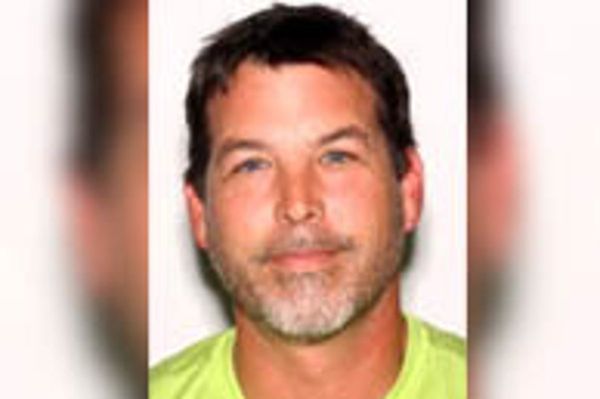
My friend Paul Martin, who has died aged 73 of pancreatic cancer, was a painter whose work was rooted in nature: preoccupied by the “scratchy, tough reality of things”. But his locations, and the figures which sometimes peopled them, were more metaphorical than representational: familiar but also otherworldly.
Born in Bournemouth, Paul was the son of Alice (nee Moland), a secretary, and John Martin, a hydro-electric engineer, who died when Paul was 10. Paul grew up in Rugby, Warwickshire, and went to Dunsmore school, where he excelled at sport, leading a national schoolboy gymnastics team on a tour of Austria in 1964. He also joined an early incarnation of the Rugby-based pop band, Pinkerton’s Assorted Colours, as its drummer – without him, they went on to score an unlikely Top 10 hit with Mirror, Mirror in 1966.
However, Paul’s abiding love was art, leading him to study painting at Birmingham School of Art and the Royal Academy. While still a student in 1971, he met Sandra Collins, then studying English at the University of Manchester. They were engaged within a week, married within the year, and stayed together for more than 50 years.
Following his studies, and with a growing family, he became art master at Rugby school, a position he held for 20 years. Doc Martin – as he was universally known – inspired many of his students to become artists in their own right.
Possessed of enormous energy, he continued to paint and exhibit, making a name for himself with large, often semi-narrative paintings, with themes and figures drawn eclectically from the Bible, ancient mythology and contemporary life. The encrusted, scarred surfaces of his pictures matched the imagery.
Over the years Paul’s evolving Christian faith led him from the strict, evangelical Baptist tradition of his youth to an immersion in the much older tradition of Orthodoxy: finding a home in its rich iconographic heritage and liturgical forms. This was echoed in his paintings, whose distinctiveness spoke to a growing number of collectors, including the Royal Academy, the British Museum and the BBC.

After his retirement from Rugby school, the final 10 years of his teaching career were spent at the Leith School of Art in Edinburgh. During this period, the human figure disappeared from his paintings, and he became preoccupied with the physical landscape, without surrendering to the picturesque.
He drew inspiration from thinkers such as Duns Scotus, Rainer Maria Rilke and Teilhard de Chardin, with whom he shared an intuition that God was somehow present in the very fabric, the materiality of creation.
In his last year, figures tentatively made their way back into the picture frame. Paul was – to the end – alive to new horizons, new possibilities.
He is survived by Sandra, their sons, Thomas, Henry and Ben, and five grandchildren.







